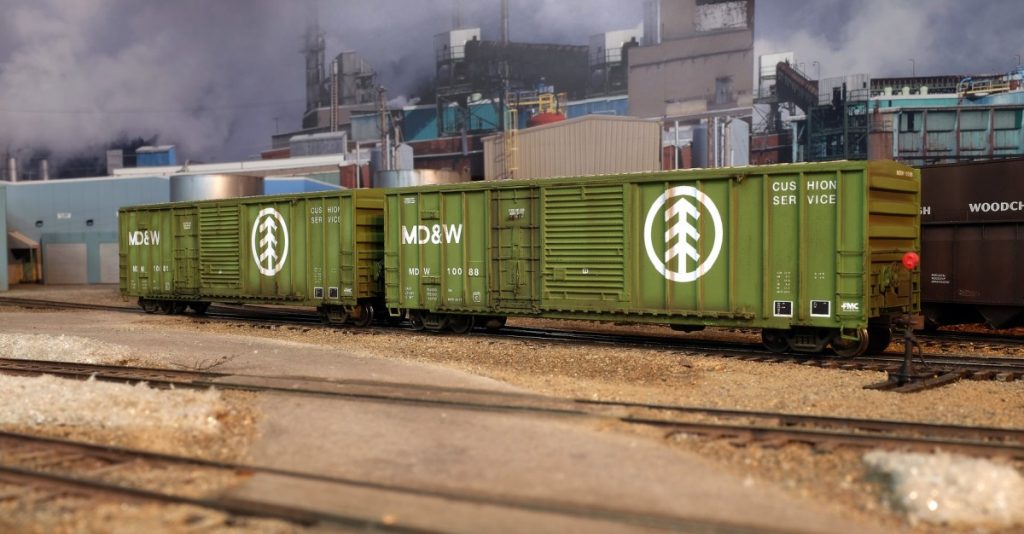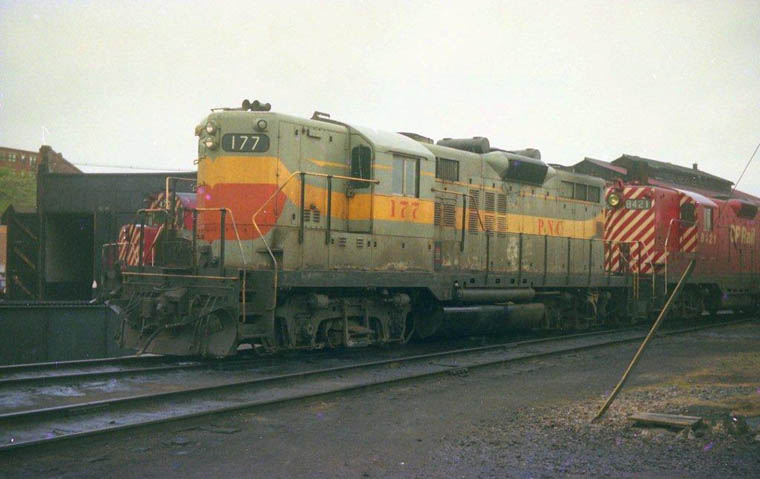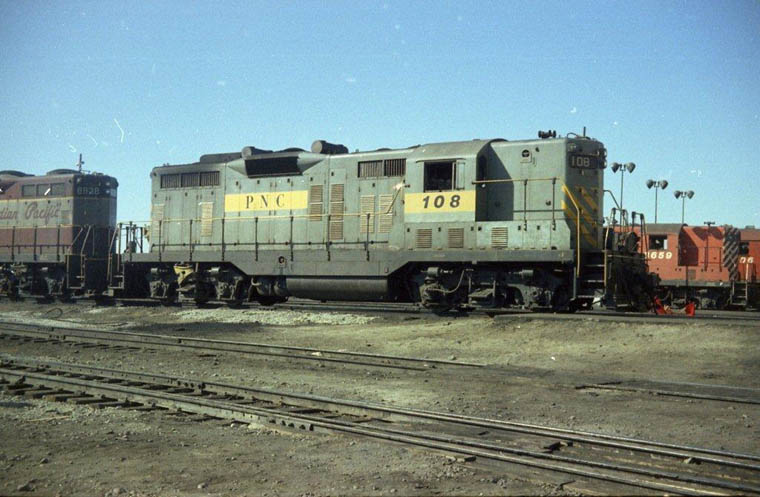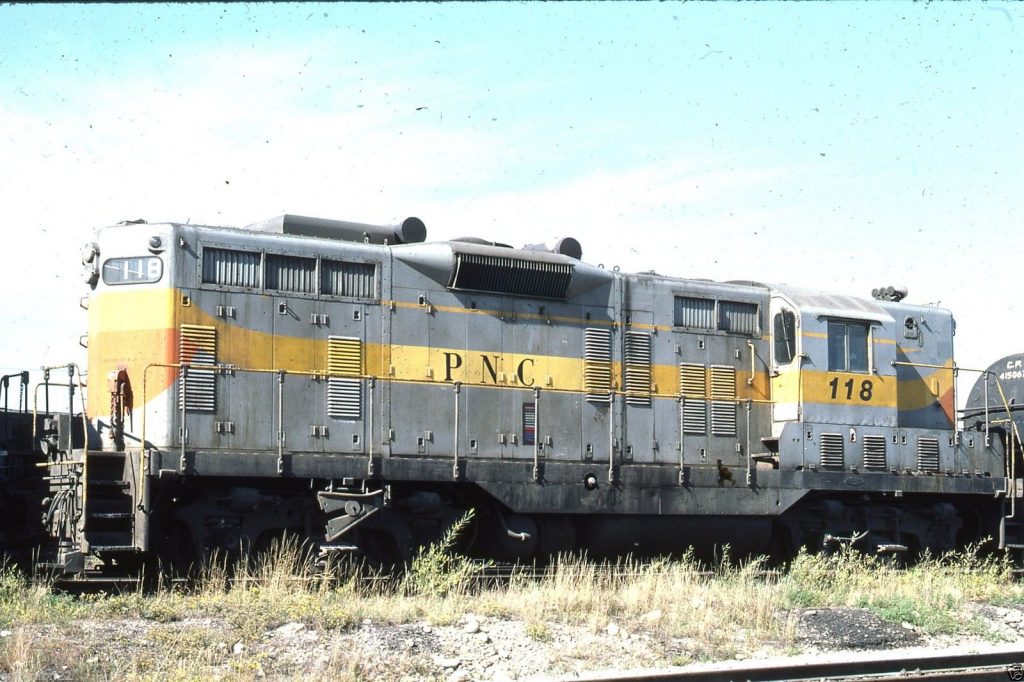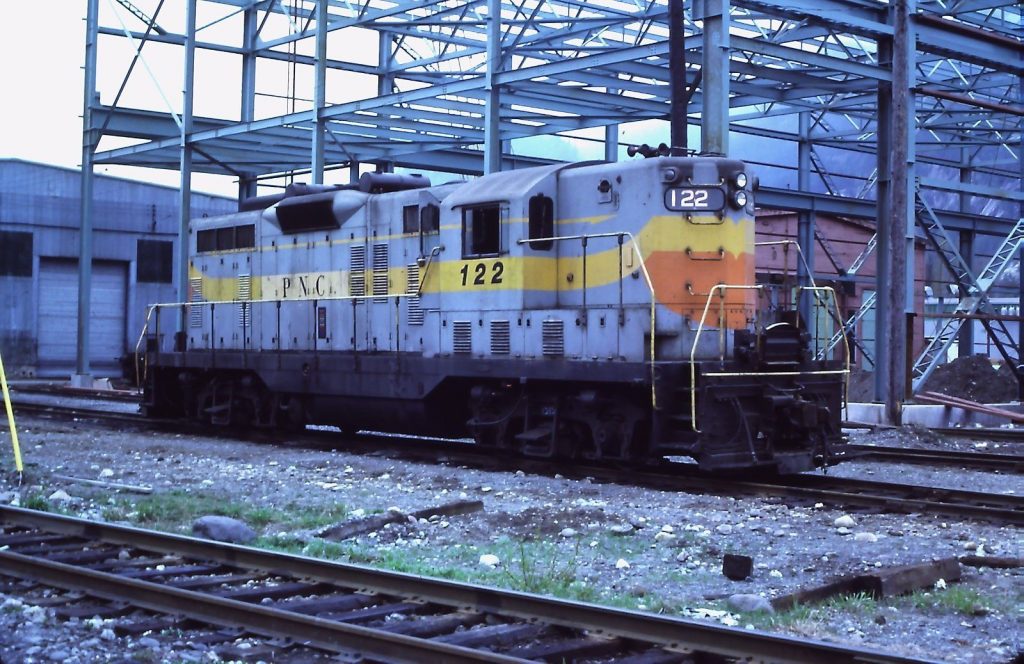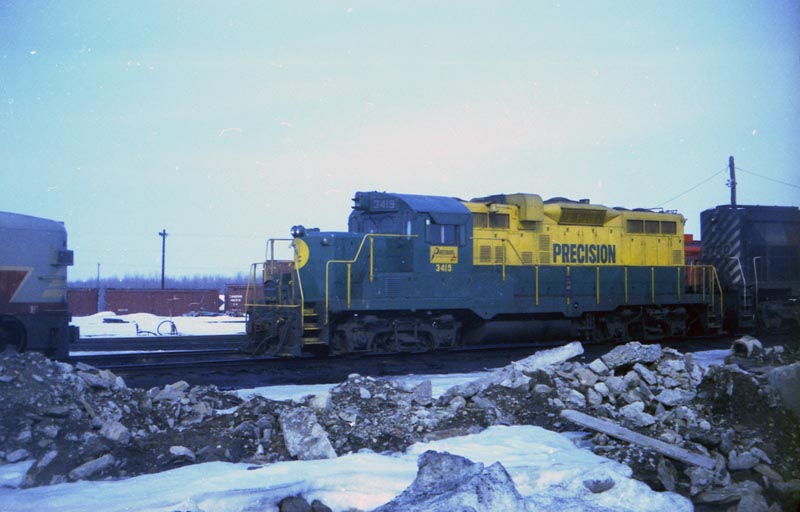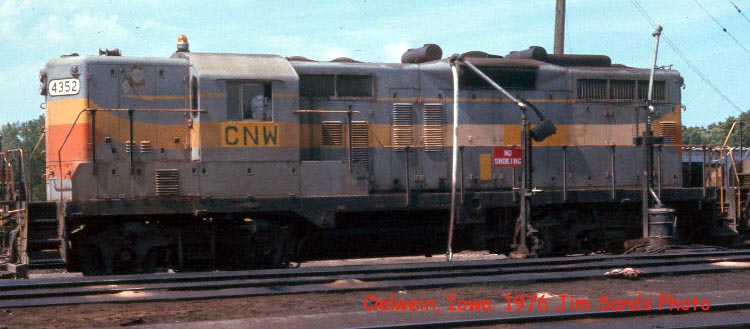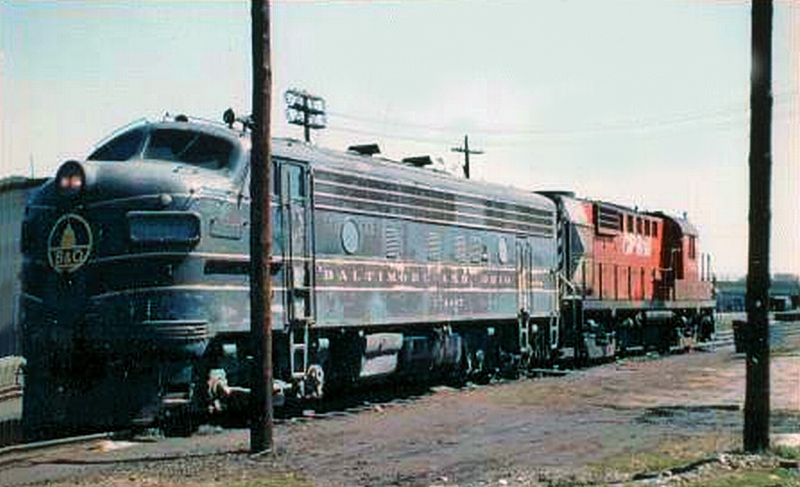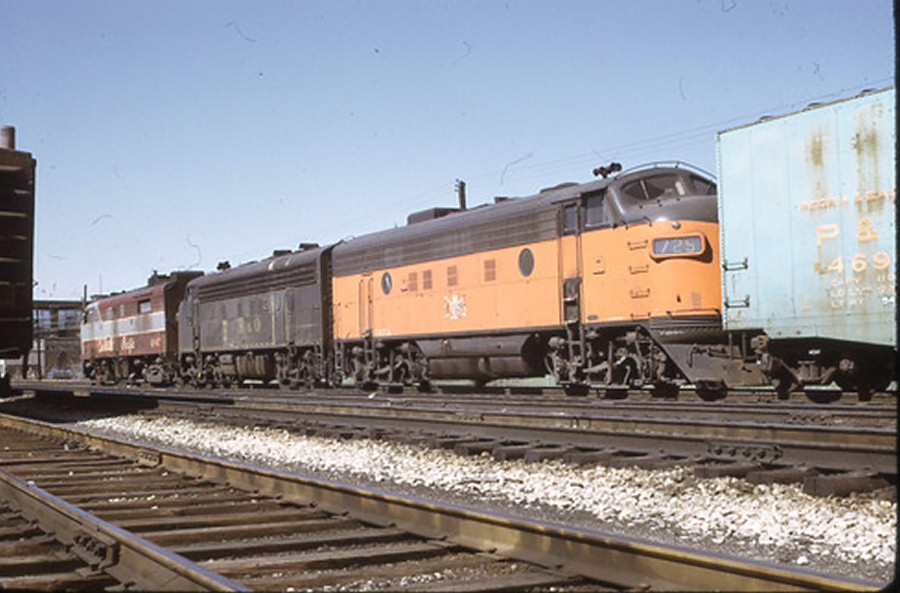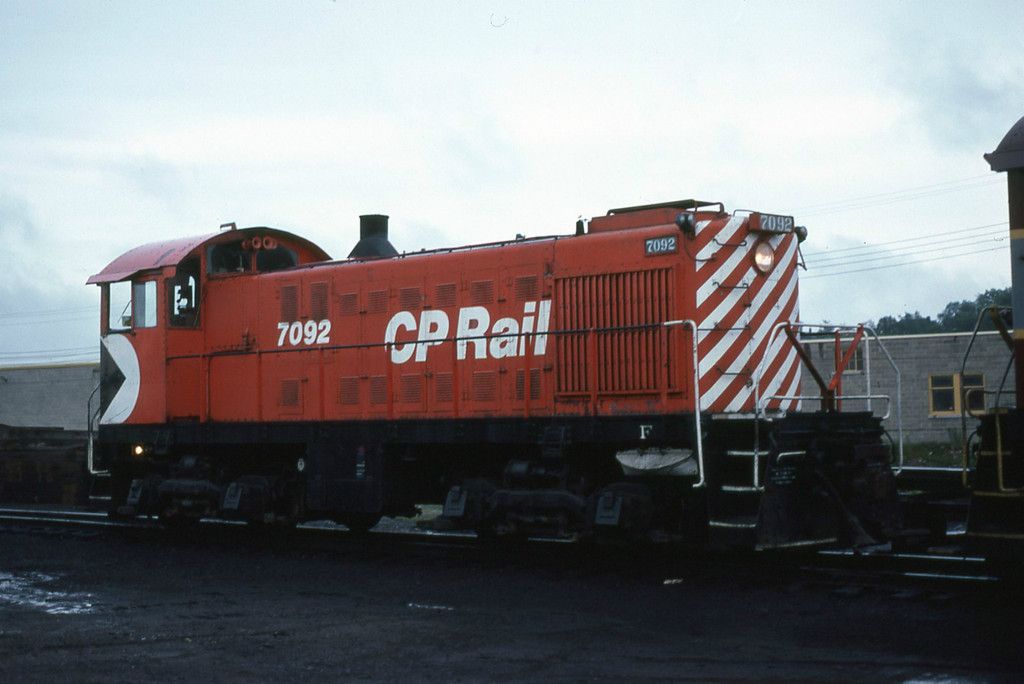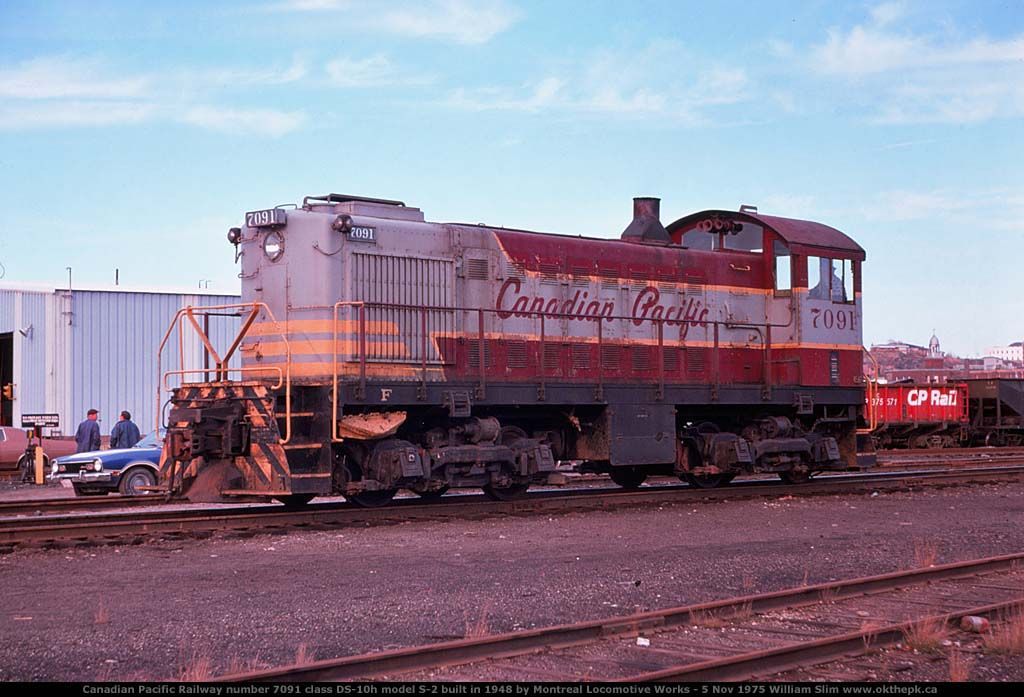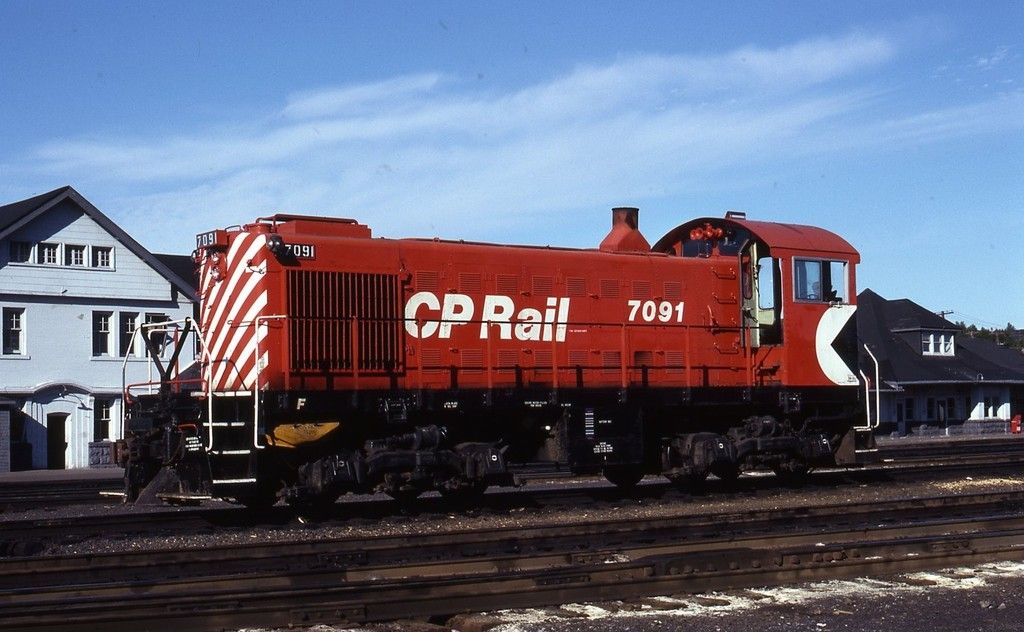It has taken a long time to collect all the information we have about CP operations over the Sudbury Division. Most of it has been acquired through dedicated research, photo studies, and conversations with former employees. Even though the WRMRC has been at this for, literally, decades now. there will always be new things to learn. Research and education are lifelong pursuits after all.
A case in point; within our photo archives we have discovered three separate instances of CB&Q 2-bay Center-Flow hoppers travelling over the Sudbury Division. As the WRMRC’s chief operations guru, I’ve developed some plausible waybill information for mid-western US covered hoppers to run over our layout (note – we will be publishing a series of club operations posts in the future). However, finding out the prototype shipping information for why these specific CB&Q railcars were showing up in Sudbury would be our desired goal.
Despite the hardships one should normally expect with prototype research, sometimes good stuff just falls into your hands when you’re not even looking. Recently, Mike Confalone posted a model photo on his Allagash RR Facebook page of Minnesota Dakota & Western (MD&W) boxcars being loaded on his layout. He had seen these being used in Maine in real-life back in the 1980s, and had always wanted models of them for his own layout. The problem was that despite these FMC-built combo-door boxcars being available in HO-scale for years now, they were never offered in this particular ’80s re-paint scheme. So he painted and decalled his own.
Mr. Confalone is an incredibly skilled modeller, as you can see, so it is no surprise his efforts would be top notch. The surprise for us was; why the heck are Minnesota Dakota and Western boxcars being used to load paper in Maine? The answer is forestry giant Boise Cascade (parent company of the tiny MD&W RR) owned a paper mill in Rumford ME. Apparently some of these boxcars even had “Return to Rumford ME” stencilling applied to them.
This one model photo along with the real-world information about Boise Cascade’s Maine paper production helped to resolve a number of CP Sudbury Division puzzles, ones we didn’t quite remember even existed. This explained occurrences of Boise Cascade MDW boxcars on prototype photos of CP train 911, a manifest freight that had rolled daily through Sudbury ON. This train operated from St Luc Yard in Montreal to Sault Ste Marie ON; then continued via CP’s US-affiliate SOO Line to their Schiller Park IL Yard within the greater Chicagoland area. CP #911 carried a lot of New England paper traffic bound for Chicago during our 1970s modelling era, as many shippers were avoiding the transit-time mess created by the Penn Central merger. Service was so good in fact that CP Rail continued to ship a decent amount of New England rail traffic well into the 1980s.
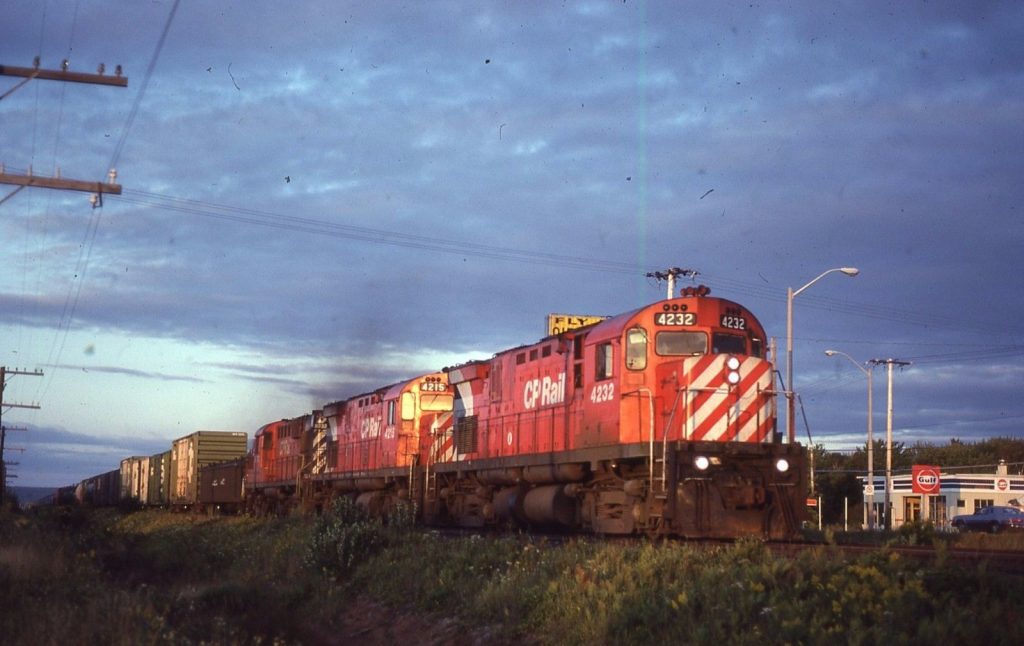
MLW C-424 #4232 leads train 911 at Sault Ste Marie ON on 05 Sept. 1981. Note the four MD&W boxcars behind the CP steel-coil service gondola trailing 911’s locomotives.
Our original assumption was that these MD&W boxcars were lumber empties being returned to the US mid-west, with no idea of their true origins. The truth was they were hauling newsprint bound for the Chicago area, and for all intents and purposes are as New Englandy as any paper-service boxcars painted for the Maine Central or Bangor & Aroostock.
Topping this off, one of our club members had purchased two recently released Athearn HO-scale models of FMC-built combo-door boxcars painted in the 1970s as-delivered MD&W white scheme to operate on the WRMRC layout. Being uninformed at the time, they were placed within our “Pool 733 – US mid-western misc boxcars” category (more information about our pools when we publish operations articles) and tried to stretch excuses for why some lumber might be rolling through Sudbury from International Falls MN (where the actual MD&W RR is located). Knowing the real story about why these boxcars were rolling though Sudbury, they have since been re-classed into our New England newsprint service boxcar pool. In fact our layout could now use a few more models.
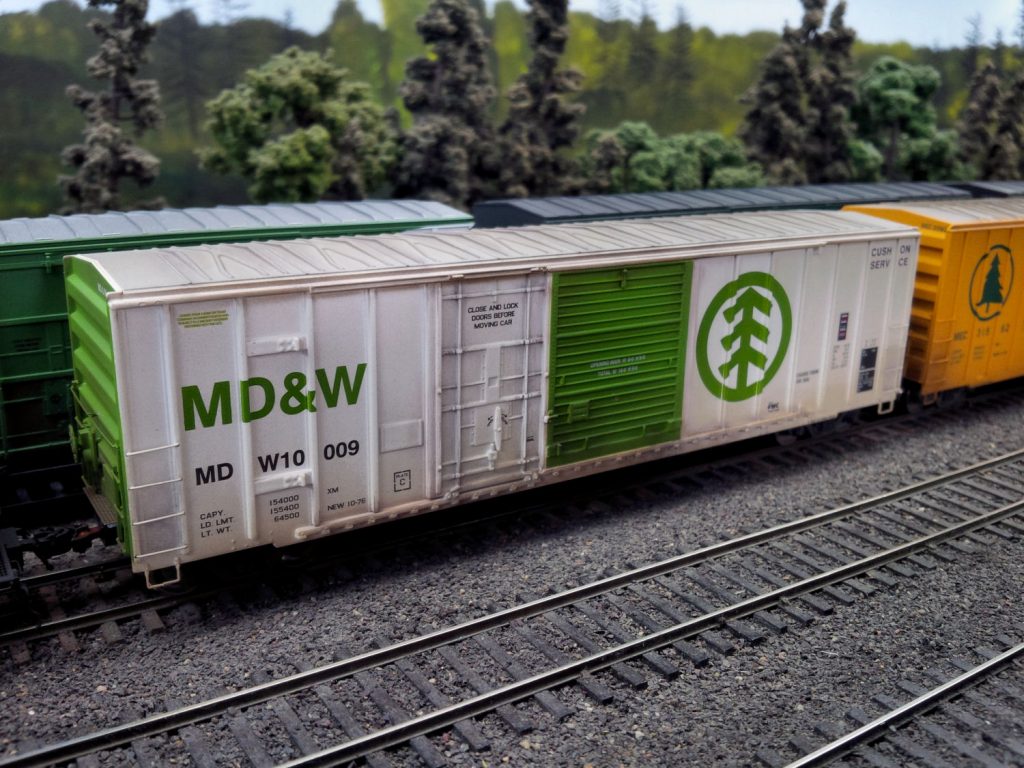
Produced by Athearn, MD&W 10009 wears the as-delivered 1970s white Boise Cascade corporate scheme. This car is now in New England paper-service on the WRMRC layout.
This information comes at a great time, as the Coronavirus break from operating sessions has given our club a chance to update and fix a number of older waybill shipping inaccuracies. But this MD&W boxcar mystery has to be one of the easiest puzzles we’ve had solved. When something just falls together like this, one is reminded of that old catch-phrase that Lt Col Hannibal Smith used to say on the old ’80s television series ‘The A-Team’ – “I love it when a plan comes together.”

